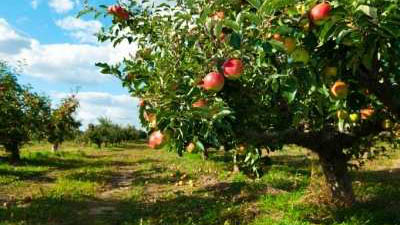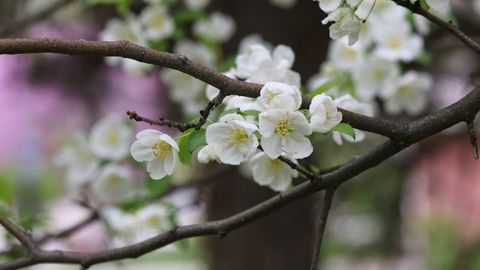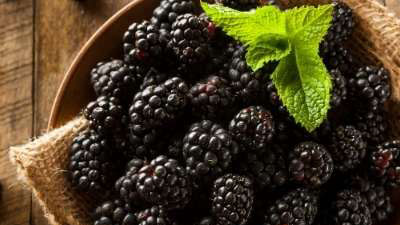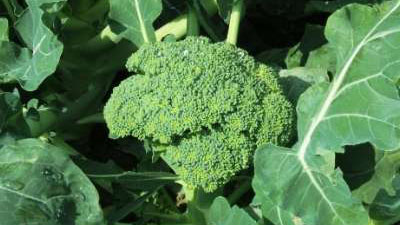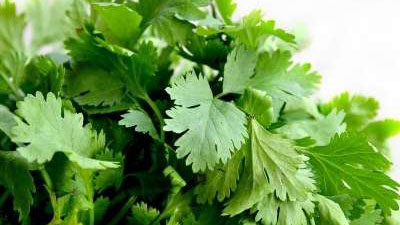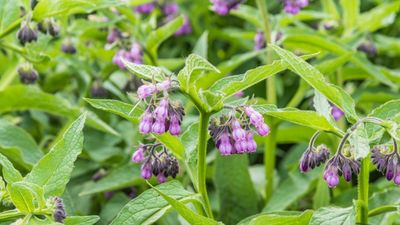How to Grow Plums in Your Home Garden
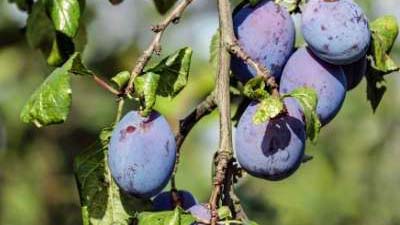
Three types of plum are commonly grown in Utah: European, Japanese and American species. These species vary in where they are successfully grown and for what the fruit will be used for. Before planting in the home orchard, planning helps ensure success. The following provides useful information concerning care and selection of plants the home gardener should consider.
Plum Species and Cultivars
European Plums
European plum (Prunus domestica) trees are upright and somewhat vaseshaped. Prunes are a type of European plum with a higher sugar content, which makes the fruit more suitable for drying. Prune-type plums have oval shaped fruit, blue or purple skin, and yellow flesh. These types are usually dried before being eaten and not consumed fresh. Fresh-eating cultivars are much juicier than prune-types and are more rounded with red or yellow flesh (Olcott-Reid and Reid, 2007). Ornamental purple-leaf plum such as the cultivar ‘Newport’, are common in home landscapes and periodically produce fruit that can be processed. European plums are grown in USDA Zone 5 to 8. Many European plums are self-fruitful, but are more productive with a cross pollinizer. Possible pollinizers include almost any other European plum including ‘Stanley’, ‘Italian’, and ‘Green Gage’. Some common European prune-type cultivars include ‘Early Italian’, ‘Improved French’, and ‘Stanley’. Good plum-type cultivars include ‘Damson’, ‘Green Gage’, and ‘Seneca’.
Japanese Plums
Japanese plum trees (Prunus salicina) are more rounded and spreading than European plums. Many cultivars on the market today are Japanese-American hybrids. They produce fruit that is juicy and fairly large. The plums are round and skin color can range from yellow to red with some being almost black. The flesh of the fruit is yellow or red. Japanese plums are primarily consumed as a fresh fruit but they can successfully be processed as jam, jelly or fruit leather. (Olcott-Reid and Reid, 2007). Japanese plums are grown in USDA Zones 5 to 9. Pollinizers are necessary. Plant near another Japanese or American cultivar to pollinize, as European Plum pollen is not compatible with Japanese plums. Recommended Japanese plum cultivars include ‘Satsuma’, ‘Santa Rosa’ and ‘Shiro’.
American Plums (bush plums)
American plums (Prunus americana) are less common in the marketplace, but are a viable option for the home garden, especially for colder areas of the state. They are hardy to USDA Zones 3 or 4 depending on the cultivar. American plums are often shrubby and may sucker, but growth habit depends on the cultivar. They are also more tolerant of alkaline soil (North Dakota State University, 2013) and have smaller fruit size, but fruit quality and yields are good. The fruit are the smallest among cultivated plum species. Skin and flesh color varies from yellow to red. Most American plums commercially available are actually hybrids between Japanese plums and several closely related North American species. Cultivars generally available through online sources include: ‘Pipestone’, ‘Underwood’, ‘Tecumseh’, ‘La Crescent’, ‘Superior’, ‘Monitor’, ‘Waneta’, ‘Ember’ and ‘Redglow’. ‘Alderman’ and ‘Superior’ require thinning to improve fruit size. ‘Toga’ and ‘Kaga’ (sometimes commercially sold as Bubblegum) are good pollinizers for other American and Japanese-American hybrid plums. ‘Kaga’ is especially popular.
‘Pottawattamie’ was once an extremely popular American plum cultivar (Hedrick, 1910). It was grown in hedgerows from pioneer times through the 1940s. Many people that remember eating it are still fond of its flavor. Plum hedgerows that still exist in rural areas are assumed to be this cultivar. Unfortunately, these plants are most likely from seed and differ in characteristics from the original. However, most are still tasty and can be used. ‘Pottawattamie’ is no longer commercially available, although the name is used regionally to refer to seedling American types.
Plum-Apricot Hybrids
Plum and apricot readily cross pollinate and the resulting seeds will produce trees that are interspecific hybrids, with a wide range of these hybrids available in the marketplace. Plum-apricot hybrids range in genetic background and characteristics from predominantly plum to predominantly apricot, and are known in commercial trade as Plumcot, Pluot®, Aprium®, etc. (trademarks of Zaiger Genetics).
General Plum Information
Japanese and European plums grow in tree form while American plums grow either in tree or shrub form, depending on the cultivar. Japanese and American plums bloom just as apricots finish flowering in the spring. European plums bloom 10 to 14 days later. Most flowers are produced on spurs on branches 3 years and older, but also somewhat on 1 year old wood, like peaches. Almost all plum cultivars require, or are greatly benefited, by cross pollination from a different cultivar. Even though Japanese and American plums are more susceptible to frost damage than European plums, they produce profuse amounts of blossoms and a partial crop is generally obtained. When trees have a full crop load, European and Japanese plums should be thinned just after the danger of frost has past so that fruit are spaced 4 to 6 inches apart along the branch. American and American hybrids generally do not require thinning unless larger fruit is desired.
How to Grow Plums
Soil Preparation
Plums grow in most Utah soils as long as soil drainage is sufficient. However, soil testing can help determine the appropriate amendments to add to a site before planting. Apply any deficient nutrients as indicated from soil tests and till into the soil. Visit the USU Analytical Laboratory website for more information on soil testing (www.usual.usu.edu). Plums, like peaches and apricots, have little tolerance of wet and heavy soils and will get root-rotting diseases easily in such conditions, especially when irrigation is not carefully managed. Plums are somewhat prone to iron chlorosis in the alkaline soils of Utah. Overwatering will significantly increase the risk of chlorosis and general tree decline as a result. Deep, infrequent irrigation and use of EDDHA chelated iron may help considerably. For more information on iron chlorosis management see the USU Iron Chlorosis in Berries fact sheet.
Planting and Spacing
Trees should not be planted in lawns, because irrigation and fertilization needs for each are very different. Grass is usually watered more often than is ideal for trees. Grass also aggressively competes for nutrients such as nitrogen, and can slow the growth of fruit trees. The location should also be free of perennial weeds such as field bindweed and quackgrass.
Space trees 18 to 22 feet apart. Prepare a hole for planting two to three times the width and the same depth as the container. Planting the tree at the same height as the root ball is important. If too shallow, the root ball will dry out. If too deep, lack of soil oxygen will cause root loss and trees will decline. For bare-root trees, prepare a hole slightly wider than the roots, and deep enough so that the root flare is just above ground and the graft is 2 to 4 inches above ground. Never allow the roots to dry out. Immediately after planting, water thoroughly to settle the soil and eliminate any air pockets around the roots. In windy areas, bare-root trees should be staked for 1 year. The stake should not remain for more than a year. For more specific information, see the YouTube video “USU Extension - How to Plant Bare Root Trees.”
Irrigation
During the first season, irrigate at an interval that will keep the soil moist but not wet. Depending on rainfall and temperature, irrigate about two times per week to ensure establishment. For the next few years, maintain a biweekly watering program that will allow water to penetrate 1-2 feet deep. This can be reduced if there is significant rainfall accumulation. Although established plum trees are somewhat drought tolerant, irrigation improves yield and fruit quality. Irrigation methods such as drip systems, soaker hoses, or hand watering that apply water near the drip-line of the tree will keep the canopy dry and help prevent foliar disease.
Fertilization
There are no specific fertilizer recommendations for plums grown in a home orchard. Newly planted plums should not be fertilized in the first year they are transplanted. Young plum trees should produce new shoots that average 10 to 20 inches in length each year. For older trees, growth slows to 8 to 10 inches of new growth per year. Fertilization is not needed if growth rates are adequate. The most common limiting nutrient is nitrogen, and when inadequate, trees will not produce sufficient new growth. If planted near a lawn or garden that is fertilized, trees will usually get plenty of nutrition from those areas. Many factors including irrigation, diseases, soil type, and pests affect plant performance. If any of these factors reduce vigor, fertilizer is not helpful. When trees are not growing satisfactorily, soil testing may be helpful in determining fertilization needs. It is important to understand that fertilizer is not a cure-all that solves all plant problems. When nitrogen is needed, apply ½ to 1 cup 20-0-0 around the dripline of trees younger than 5 years old. If phosphorus and potassium are also deficient, apply a similar quantity of 16-16-16, or an equivalent balanced fertilizer. For older trees apply 1 to 2 cups per tree.
Pruning
Prune European plums using the modified central leader system. Ideally, the modified central leader system has four or five lateral branches chosen for the framework ideally spaced 8 to 10 inches apart vertically on the trunk and positioned uniformly around the tree. What about the second and third set of branches? Where should they be on the tree? What about removing the top part of the truck? The lowest set of branches should be at least 24 inches above the ground. Each lateral should occupy a specified section of the tree.
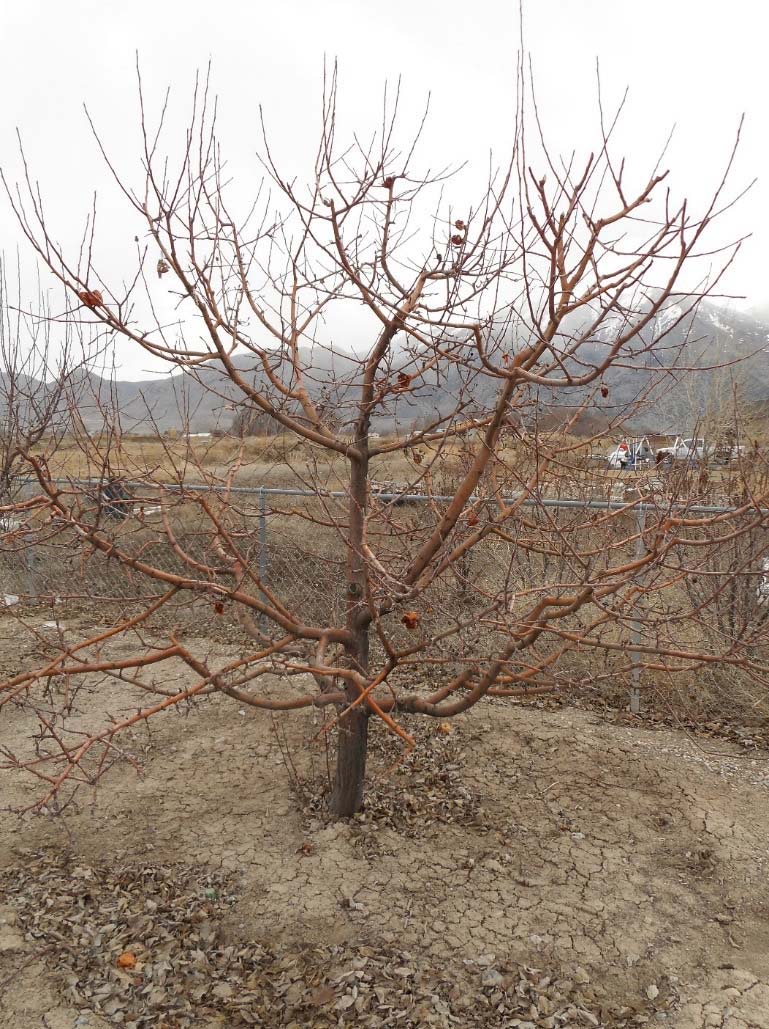
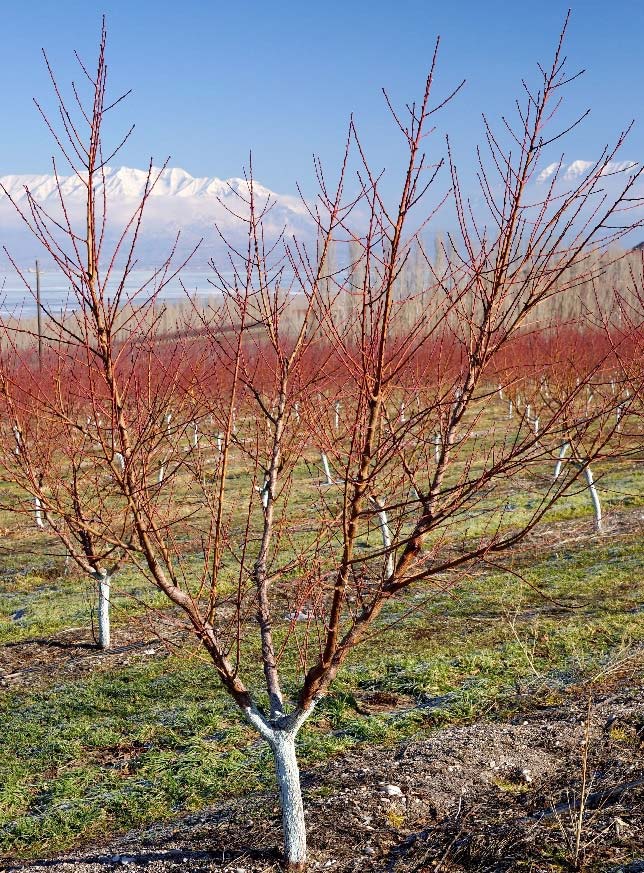
Japanese plums are pruned using the open center (open vase) system (Figure 2). An open vase training system is done by selecting three to four main branches 24 to 30 inches off the ground in compass directions, and removing the central stem or trunk completely. As the branches fill out with new growth, they can be pruned to form the canopy.
Depending on the cultivar, American plums can be pruned as either shrubs or small trees. American plums maintained in shrub form should be renewal pruned, removing 20% of the branches from the base each year, so that the oldest branches are no more than five years old. If maintained in tree form, prune using a modified central leader system.
Annual pruning on new and established trees is needed and should be done in late winter or early spring time. Late summer and fall pruning can reduce dormancy and may force late season growth. This is potentially damaging, especially when we get an early winter.
Begin pruning by removing any dead, diseased, or damaged branches. For established trees remove about 25% of the branches to allow light penetration, increase fruit quality, and encourage new branch development. Remember plums produce most fruit on short spurs on wood that is 2 to 5 years old, but will also produce some fruit on the basal buds of 1 year old wood, similar to peaches. Remove suckers (shoots coming from the roots or stem below the graft) on a regular basis.
Harvest, Storage and Use
Plums ripen in late summer to early fall, dependent on cultivar. Yields of 3 to 5 bushels per tree may be expected, depending on cultivar. American plums may yield slightly less. When ripe, fruit softens and usually changes from green to blue, purple, or red, also depending on cultivar. Green varieties often develop yellow highlights when ripe. Refrigerate plums once ripe and use within 3 weeks. Near-ripe fruit may be stored at room temperature until ripe. Do not refrigerate until plums are ripe. Plums can be prepared and eaten in many ways including eating fresh, canned, frozen, dried, and processed into jam, jelly, and syrup. Please see the USU Extension Fact Sheet on Home Drying of Foods for more information on preserving fruit such as plums/prunes.
Problems with Growing Plums
View more detailed information on plum insects and diseases.
For current and specific pest and disease information please visit the Utah Pests IPM Website (www.utahpests.usu.edu) and subscribe to the tree fruit updates.
| Disease | Identification | Control |
|---|---|---|
| Coryneum Blight (Shot Hole) | Round, purple-tinted lesions on leaves turn black and centers fall out leaving many small holes in leaves. Similar lesions on fruit eventually turn black. Black cankers form on branches which will eventually die. | Prune out heavily infected branches. Clean up debris including leaves in fall. Time fungicide sprays just after petal fall in spring and at 50% leaf drop in autumn. |
| Cytospora/Pseudomonas Canker | Wounds/cankers that ooze or produce amber-colored gummy sap. Leaves may suddenly wilt due to the plugging of conductive tissue. Bark may have areas of dark discoloration. | Avoid tree injuries. Protect trunk and lower limbs from winter sun injury. Fruit thinning also prevents branch cracking, eliminating wounds open to infection. Prune out infected wood 1 foot below where last symptoms are seen as soon as symptoms appear. Fall pruning is not recommended for northern Utah. Fungicides are also not generally recommended for these diseases. |
| General Root Diseases | Yellowing leaves, general decline and lack of vigor. Branch dieback. Extremely common with newly planted trees due to unintentional overwatering. | Manage irrigation carefully based on soil type, most critical on heavy soils. Ensure good drainage. Avoid planting in turf. See the USU Peach Irrigation fact sheet. |
| Insect | Identification | Control |
|---|---|---|
| Greater Peach Tree Borer | Clear wing moth species lays eggs on bark near the base of the tree. Borers are often present in the roots to lower limbs. Multiple generations per year. | Subscribe to USU Pest Lab updates for spray timing and registered products at www.utahpests.usu.edu/ipm. Prevention is the best approach, keep trees healthy and do not damage bark and roots. |
| Aphids | Multiple species infest trees. Early season leaf curl and deformation and stick leaves are signs of aphids or other sap feeding insects. Can occur throughout the growing season. | For minor to moderate infestations treat with an insecticidal soap, or summer weight horticultural oil or neem. Infestations rarely require stronger insecticides. |
| Spider Mites | Leaves develop a mottled or stippled, dusty appearance. Over time branch dieback is common. Webs may be observed as populations build. Especially common on trees excessively sprayed with a pyrethroid or carbaryl due to natural predators being killed. | For minor to moderate infestations treat with an insecticidal soap, or summer weight horticultural oil or neem. Infestations rarely require stronger insecticides. |
| San Jose Scale | Small insect with hard protective covering that infests branches and fruit. Colonies may look somewhat like bark ridges but develop a gray or black color late in the season. Usually two to three generations per year. | Apply a horticultural oil/carbaryl mix at the delayed dormant stage. Monitor infested branches for larval crawlers late spring to early summer using double sided tape. Most registered insecticides easily control crawlers. When spraying older protected insects use a surfactant or a spreader/sticker in combination with a registered insecticide. |
References
- Anonymous. 2014. American Plums. Accessed online on 10-23-14. Available at: http://www.ag.ndsu.edu/trees/handbook/th-3- 39.pdf.] North Dakota State University. Fargo, ND.
- Anonymous. 2014. Fruit Tree Product Information. Accessed online 11-25-14.
- Anonymous. 2014. Plums. Accessed online 11-25- 14. Available at: http://www.garden.org/foodguide/browse/fruit/plum /1398
- Anonymous. 2013. Preserving Foods: Preserving Plums & Prunes. Accessed online 7-21-15.
- Funt, Richard. 1992. Plums: A Guide to Selection and Use. Accessed online 7-21-15. Ohio State University. Columbus, OH.
- Hedrick, U. P. 1911. Plums of New York. New York Agricultural Experiment Station, Albany, NY.
- Olcott-Reid, Brenda, and William Reid. 2007. Fruit and Nut Production. Stipes Publishing. Champaign, IL.
Utah State University Extension
Peer-reviewed fact sheet
Download PDF
Authors
Michael Caron Extension Horticulturist, Thanksgiving Point
Taun Beddes, Extension Horticulturist, Utah County
Brent Black, Extension Fruit Specialist
Related Research





